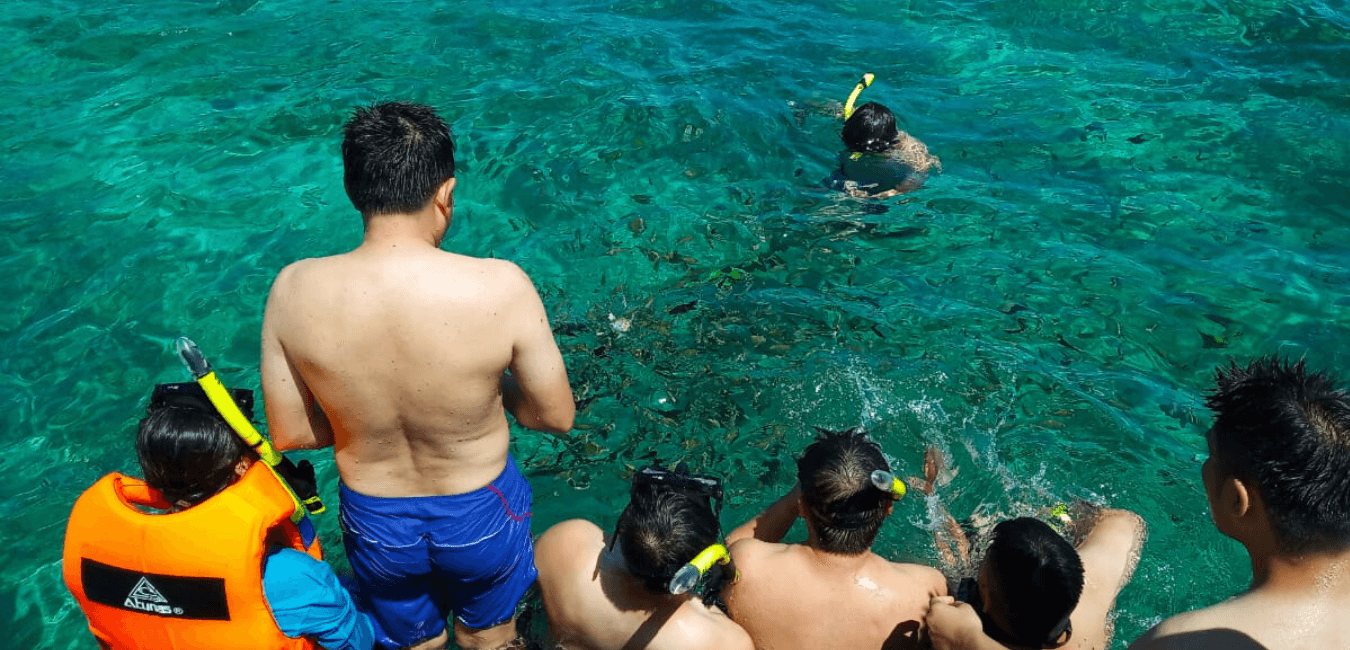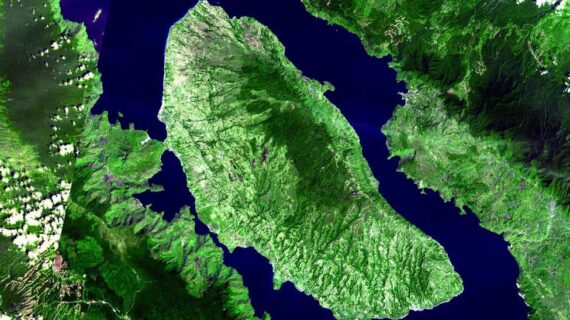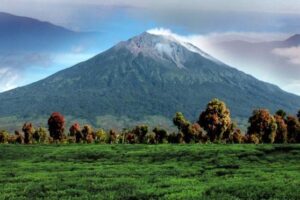Lake Toba, located in North Sumatra, Indonesia, is not just a body of water—it is a geological marvel and a cultural landmark. As the largest volcanic lake in the world and the biggest lake in Indonesia, it has captivated scientists, travelers, and historians for centuries. This article delves into the history, geology, cultural significance, and ecological importance of Lake Toba, offering a comprehensive look at this extraordinary natural wonder.
A Geological Giant
Lake Toba sits within the caldera of the Toba supervolcano, a massive structure formed by one of the most powerful eruptions in Earth’s history. The lake measures approximately 100 kilometers (62 miles) long, 30 kilometers (19 miles) wide, and reaches a depth of 505 meters (1,657 feet). Its surface elevation is around 900 meters (2,953 feet), making it a striking feature in the landscape of Sumatra.
The Toba Caldera is one of Indonesia’s twenty geoparks and was recognized as a UNESCO Global Geopark in July 2020. This designation highlights its unique geological heritage and the importance of preserving such natural landmarks for future generations.
The Cataclysmic Eruption That Changed the World

One of the most significant events in the history of Lake Toba was the massive eruption that occurred around 74,000 years ago. This eruption, classified as a VEI 8 (Volcanic Explosivity Index), was the largest explosive eruption in the last 25 million years. It released an estimated 2,800 km³ (670 cu mi) of dense-rock equivalent pyroclastic material, with ash deposits spanning across South Asia and even reaching as far as the South China Sea.
According to the Toba Catastrophe Theory, the eruption had global consequences, potentially causing a “volcanic winter” that led to a drop in global temperatures by 3 to 5°C (5.4 to 9°F). Some studies suggest that this event may have caused a population bottleneck in human populations, though this theory remains debated among scientists.
Cultural Significance and Local Communities

Lake Toba is not only a geological treasure but also a cultural hub. The surrounding area is home to the Batak people, an indigenous ethnic group known for their distinct traditions, architecture, and way of life. Traditional Batak houses, with their curved roofs resembling boat hulls, are a common sight along the lake’s shores.
The Batak people have a deep connection to Lake Toba, which is reflected in their folklore. One popular legend tells of a fisherman who caught a golden fish, and the island of Samosir is believed to be the fish’s son. This myth adds a layer of mystique to the lake and its surroundings.
Ecological Diversity and Environmental Challenges

Lake Toba supports a diverse ecosystem, with various species of phytoplankton, macrophytes, zooplankton, and benthic animals. However, the lake is oligotrophic, meaning it is nutrient-poor, which limits the diversity of native fish species. The only endemic fish species found in the lake are Rasbora tobana and Neolissochilus thienemanni, commonly known as the Batak fish.
In recent years, the lake has faced environmental challenges, including deforestation, pollution, and the introduction of non-native fish species. These factors have threatened the delicate balance of the ecosystem. Additionally, changes in water clarity and color have raised concerns about the impact of human activity on the lake’s health.
Tourism and Travel Opportunities

Lake Toba is a major tourist destination, attracting visitors from around the world. The region offers a range of activities, from scenic boat rides and hiking to exploring traditional Batak villages and visiting historical sites. Parapat, a town on the edge of the lake, serves as a gateway to Samosir Island, where travelers can experience the local culture and enjoy panoramic views of the lake.
The lake’s beauty has also been immortalized in Indonesian currency, with Lake Toba featured on the 1,000-rupiah banknote. This recognition underscores its cultural and economic significance to the nation.
Conclusion
Lake Toba stands as a testament to the power of nature and the resilience of human culture. Its geological significance, rich biodiversity, and cultural heritage make it a site of immense value. As efforts continue to protect and preserve this natural wonder, Lake Toba remains a symbol of both scientific intrigue and cultural pride. Whether viewed through the lens of geology, ecology, or anthropology, Lake Toba continues to inspire awe and curiosity.


